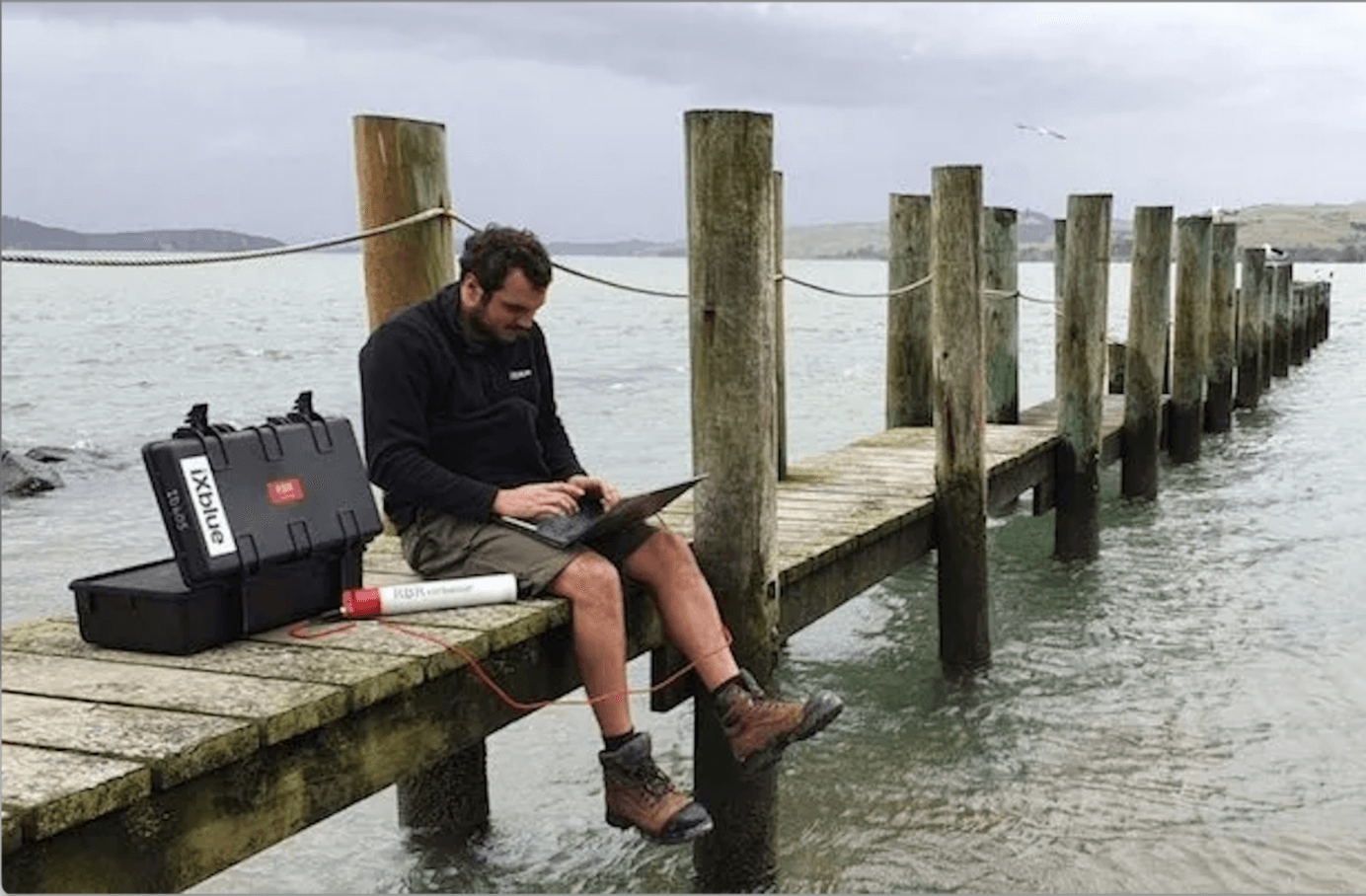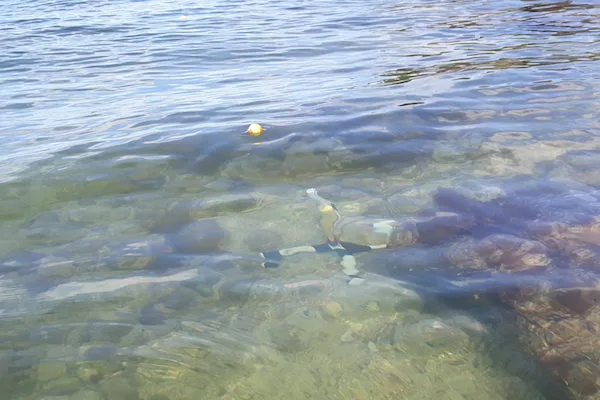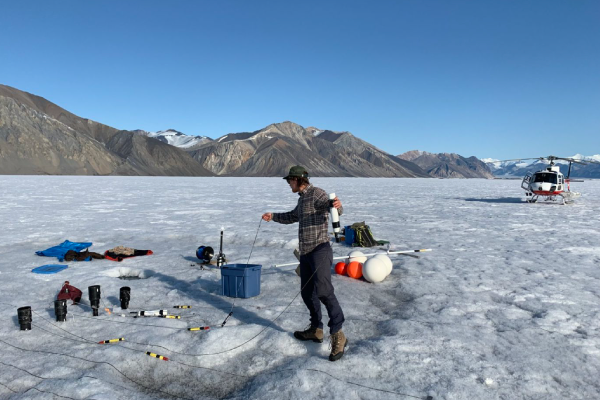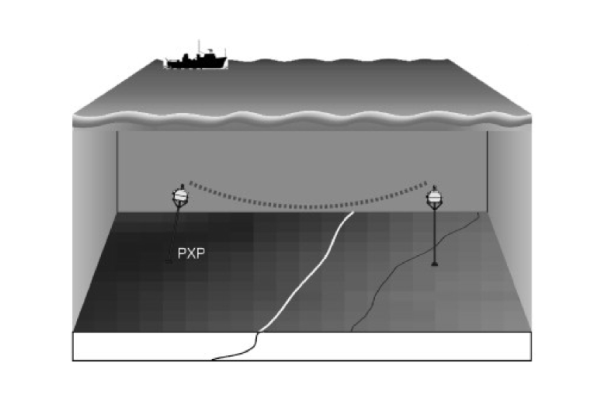In 2019, iXblue’s New Zealand office first deployed RBRvirtuoso³ D|tide16 loggers to measure the tides, in support of their high-resolution 3D sonar-generated maps of the seafloor. High–accuracy, long-term and low-drift tide measurements are required in iXblue’s work, to remove tides from survey data, to link geodetic land and ocean data and to model the tides in coastal regions. iXblue specializes … Read More about RBRvirtuoso³ D|tide16 tide gauges support iXblue’s 3D seafloor mapping and New Zealand’s national tide modeling
RBRsolo³ D | Depth Loggers deployed in research on wave transmission through mangrove forests
In July of 2019, Tori Tomiczek and Anna Wargula, assistant professors at the United States Naval Academy’s Department of Naval Architecture and Ocean Engineering in Annapolis, Maryland, USA, mounted RBRsolo³ D depth loggers to the roots of mangroves in Key West, Florida, to determine the transmission of boat wakes through the saltwater-inundated trees. Their work will help to better quantify … Read More about RBRsolo³ D | Depth Loggers deployed in research on wave transmission through mangrove forests
RBR instruments study sea level rise in the Canadian Arctic
Since the writing of this story, published in ECO Magazine, the Milne Ice Shelf has collapsed into the Arctic Ocean. A team of Canadian and American researchers are using RBR temperature and salinity loggers to study how the Arctic’s ice shelves are changing over time. By understanding their disappearance, the researchers are able to predict the dynamics of the much … Read More about RBR instruments study sea level rise in the Canadian Arctic
Investigating seafloor crustal deformation with RBR loggers
Professor Ryota Hino of Tohoku University uses RBRsolo T|deep|slow and RBRduet T.D|deep loggers attached to a submarine acoustic ranging device to investigate seafloor crustal deformation. The submarine acoustic rangefinder accurately measures the distance between two points by sending a call signal from another device installed on the seabed at a remote location and measuring the time until the response signal … Read More about Investigating seafloor crustal deformation with RBR loggers



